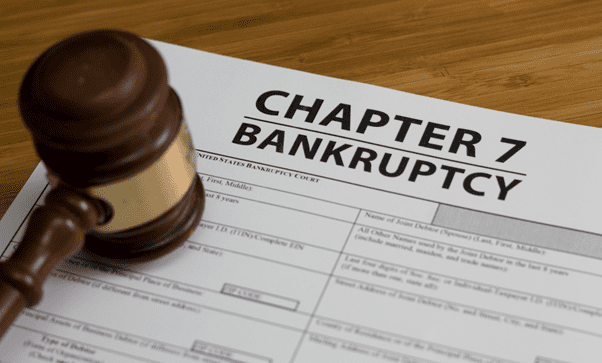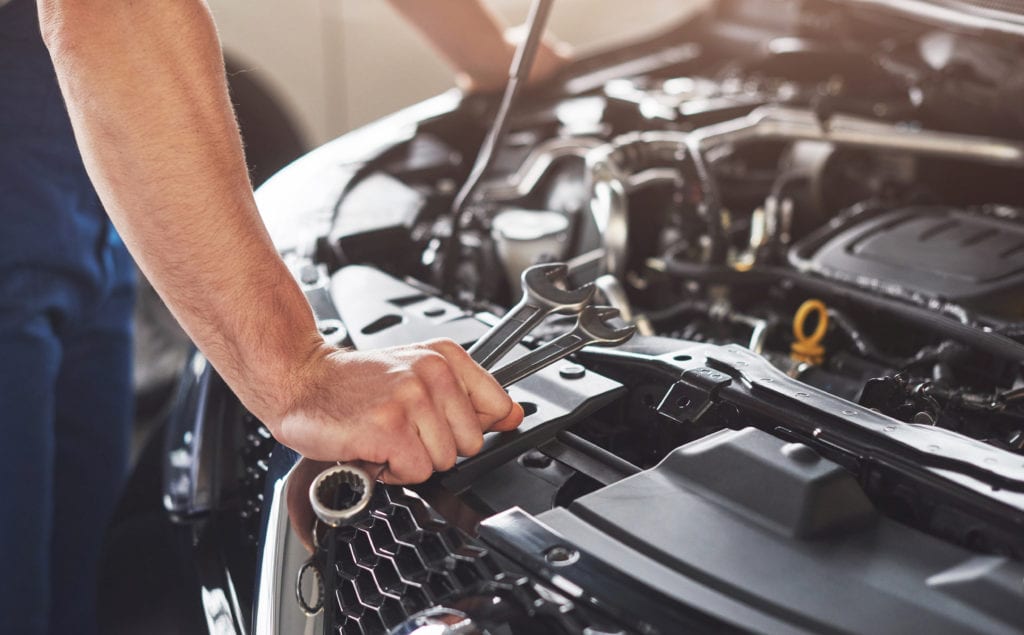Filing Chapter 7 bankruptcy with no money is designed to eliminate unsecured debts, such as credit card balances, medical bills, and personal loans. It offers a fresh start for those who are financially strapped. But it also comes with costs that can seem prohibitive if you’re in dire straits.
This guide outlines the costs involved in filing for Chapter 7 bankruptcy, costs that can be avoided, and a step-by-step process to navigate through the procedure with little or no money.
Costs Involved In A Chapter 7 Bankruptcy
Filing for Chapter 7 bankruptcy isn’t cost-free. Here are the primary expenses you may encounter:
- Filing Fees: The court filing fee for a Chapter 7 bankruptcy is $338. This fee is paid to the court at the time of filing.
- Credit Counseling and Debtor Education Course Fees: Additionally, these are two mandatory courses for all Chapter 7 bankruptcy filers. The credit counselling course must be taken before filing and the debtor education course after filing but before debts are discharged. Each course typically costs between $20 and $50.
- Attorney Fees: Hiring a bankruptcy attorney is not mandatory, but it is highly recommended due to the complexity of bankruptcy law. The fees vary widely depending on the complexity of your case and the region where you live. The typically range from $1,000 to $2,500 for a Chapter 7 bankruptcy.
Costs That Can Be Avoided When Filing Chapter 7 Bankruptcy
If you’re cash-strapped and need to file for Chapter 7 bankruptcy, there are ways to reduce or even eliminate some of the costs:
- Waiver of the Filing Fee. If your income is below 150% of the federal poverty level, you can apply to have the filing fee waived. This is done by filing an Application.
- Free Credit Counseling and Debtor Education Courses. Moreover, some agencies offer these courses for free or at a reduced cost if you can’t afford them.
- Pro Bono Legal Aid. Depending on your income and circumstances, you may qualify for free legal help through legal aid societies or pro bono programs.
Process of Filing Chapter 7 Bankruptcy

Filing for Chapter 7 bankruptcy with no money requires a few extra steps, but it is possible. Here’s how to do it:
Determine Your Eligibility
Use the means test to find out if you qualify for Chapter 7 bankruptcy. If your income is below your state’s median income, you’re generally eligible.
Obtain Credit Counseling
Within 180 days before you file for bankruptcy, you must receive credit counselling from an agency approved by the U.S. Trustee’s office.
Complete the Bankruptcy Forms
Detailed, accurate completion of these forms is crucial. They include your financial information, such as income, expenses, debts, and assets.
Apply for a Fee Waiver
If you’re unable to afford the filing fee, complete the Application to Have the Chapter 7 Filing Fee Waived and submit it with your bankruptcy forms.
File Your Bankruptcy Forms
Submit your forms to the court. If your fee waiver is approved, you won’t have to pay the filing fee.
Attend the 341 Meeting of Creditors
About a month after filing, you’ll attend a meeting with the bankruptcy trustee and any creditors who choose to come. You’ll answer questions about your bankruptcy forms and finances.
Complete a Debtor Education Course
After filing, you’ll need to complete a second course in financial management from an approved agency.
File Your Debtor Education Course Certificate
After you’ve completed the course, the agency will provide you with a certificate of completion. You’ll need to file this certificate with the court as proof.
Await Your Discharge
If everything goes smoothly, you’ll receive a notice of discharge in the mail about 60 to 90 days after the 341 Meeting of Creditors. This is the court’s official order to wipe out your debts.
Deal with Non-Discharged Debts.
Some debts are not discharged in Chapter 7 bankruptcy, including most student loans, child support, alimony, and some tax debts. You’ll need to make arrangements to pay these debts.
Conclusion
Filing for Chapter 7 bankruptcy with no money is challenging, but not impossible. By understanding the costs involved and knowing how to potentially avoid them, you can navigate the process even when funds are tight. Remember, legal assistance can be invaluable during this complex process.
Furthermore, bankruptcy is a serious legal procedure with long-lasting effects. And it should be a last resort after exploring other debt management options. However, if you’re overwhelmed by debt and unable to see a way out, Chapter 7 bankruptcy may provide the fresh start you need.
FAQs
Q: What income is used for Chapter 7?
A: When determining eligibility for Chapter 7 bankruptcy, all forms of income are considered. This includes wages, salary, tips, bonuses, overtime, commissions, income from a business or profession, rental income, interest, dividends, royalties, unemployment compensation, pension, and retirement income. Income from social security benefits is not included in the means test.
Q: Which process leaves you with no debt when it is over Chapter 7?
A: Chapter 7 bankruptcy is often referred to as “liquidation” bankruptcy because it discharges most of your unsecured debt. At the end of a Chapter 7 bankruptcy process, most of your debts are cleared and you are no longer legally obliged to pay them.
However, certain types of debts, such as student loans, most taxes, child support, and alimony, are typically not dischargeable in Chapter 7.
Q: Who gets paid first in Chapter 7?
A: In Chapter 7 bankruptcy, assets are sold off to repay creditors. The money from these sales is distributed in a specific order. Secured creditors, like mortgage and car loan lenders, are usually paid first because they have a legal claim to a particular asset.
After that, priority unsecured debts such as certain tax obligations, child support, and alimony are paid. If there’s any money left, it goes to nonpriority unsecured debts, such as credit cards and medical bills.
Q: Do you pay back Chapter 7?
A: No, in a Chapter 7 bankruptcy, you do not pay back your unsecured debts. Instead, non-exempt assets are sold by the trustee to repay your creditors. However, certain debts are not dischargeable, and you will have to continue paying them, including most student loans, child support, alimony, and certain taxes.
Q: How long does Chapter 7 stay on your credit report?
A: A completed Chapter 7 bankruptcy typically stays on your credit report for 10 years from the date you filed. While the bankruptcy remains on your credit report, its impact on your credit score will gradually decrease and you can start to restore your credit.



